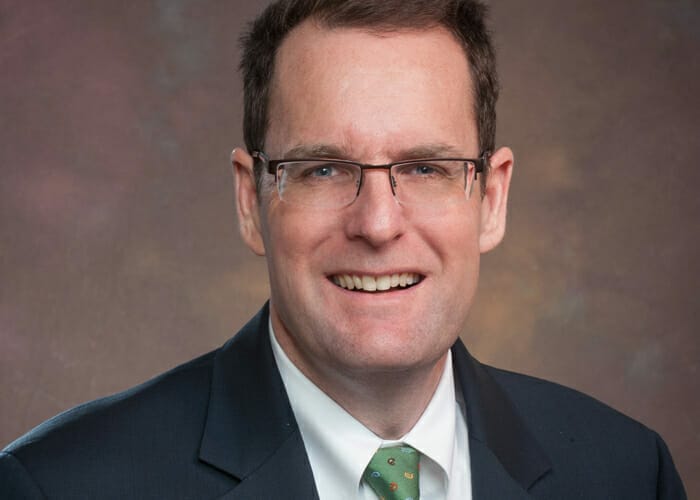Customised ETFs are the new active management according to Jeb Burns the chief investment officer of MERS of Michigan which is using ETFs for about a third of the fund.
MERS developed a customised ETF based on the S&P 500 quality, value and momentum top 90 per cent multi-factor index, which is managed by INVESCO and launched only a few weeks ago.
It’s designed to be a core holding although Burns says he expects ETFs to also be used to gain more thematic exposures.
“If there is an area where we don’t think traditional active management has a role, we’ll use ETFs,” he says. “They are more liquid so when markets fall off we can rebalance. The main advantage is they are liquid and you can target the exposure.”
The $15 billion fund now uses ETFs for about $5 billion of the fund across both equities and fixed income.
In fixed income the internal team has a proprietary model that informs when and where it should shift its allocations and it uses ETFs to express those views.
“It’s much easier to build the exposures you want with ETFs, I think that’s a trend you’ll see. People will create customised ETFs which will be the new active management.”
But Burns is also quick to point out that ETFs will not entirely replace traditional active management and the fund is doing an active emerging markets equities search right now.
Incorporating ETFs into the asset allocation program is one of a handful of projects the fund has underway this year.
As CIO Burns is acutely aware of maintaining the closeness of his team as the months of working remotely tick by. It’s currently going through an exercise to increase collaboration when the team can’t be face to face, with individual team members doing research on particular macro themes and presenting the findings to the broader team.
Economic risks, medium-term and long-term trends inform the portfolio and when the investment policy statement is reviewed annually typically some of the views developed by analysing those trends are reflected in the portfolio management view.
“Medium term risks inform us by look for trends in sectors,” Burns says. “For example we have been investing in medical technology for a while which is directly related to the aging demographics in the developed world.”
The aging population is one of about five long-term trends the fund looks at alongside rising taxes, aging infrastructure, de-globalisation and the rise of ESG.
“Demographics will tell you your view on interest rates. It informs the model we overlay the whole portfolio with. Retirement is inflationary as people like to spend money,” he says, estimating that inflation will be more like 3-4 per as the decade moves on because more people are retiring.
“There are inflationary forces that are slowing building, that helps us take positions earlier and inform the things we want to be concerned about.”
To mitigate this risk and for inflation protection MERS has invested significantly in real assets, which make up about 10 per cent of the portfolio, including farmland, permanent crops and infrastructure. It may also add some TIPS.
“When I look at all the real assets we have I feel in a good place regarding inflation. We are short on duration because rates are low. I’m old fashioned, if you print this money at some point you’ll have inflation.”
Some of the themes the fund examines – which also include the rise of populism, investment industry consolidation, and supply chain realignment – develop organically in the investment program.
But in this push for more team collaboration some of the themes being examined are more proactive, including an examination of crypto and nuclear energy, and if they resonate with the team they are captured as an addendum to the strategic plan.
“With crypto it is hard to figure out what it is, but if you rephrase it and say the digitalisation of finance, then that won’t go away and will create opportunities.”
He also points to the increase in electrification which means an increased demand for industrial metals as an opportunity.
“We want to capture these ideas and write them down in our documents so then in three years from now we can look at the strategic plan and see our objectives.”
The fund has performed well in the first half of the year, with outperformance of 220 basis points versus the benchmark.
“It is so nice to have a diversified portfolio and finally be rewarded,” Burns says.
The fund is slightly overweight international developed equities which he says should be rewarded in the second half of the year.
“We had a really good first half of the year. We are due for a little bit of a pullback but we are well positioned for the rest of the year. Inventories are still not filled up, we could be in a significant growth cycle.”



